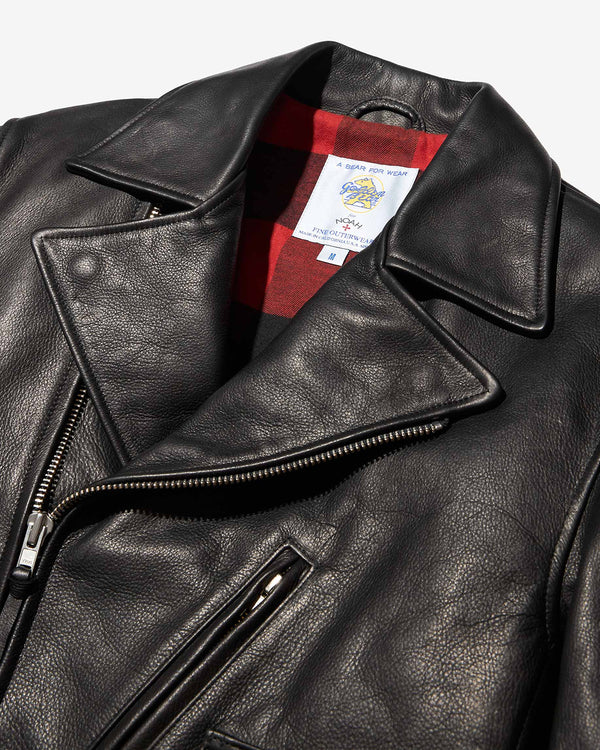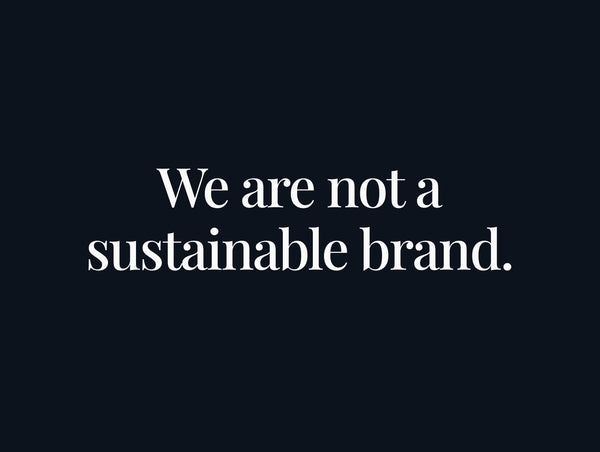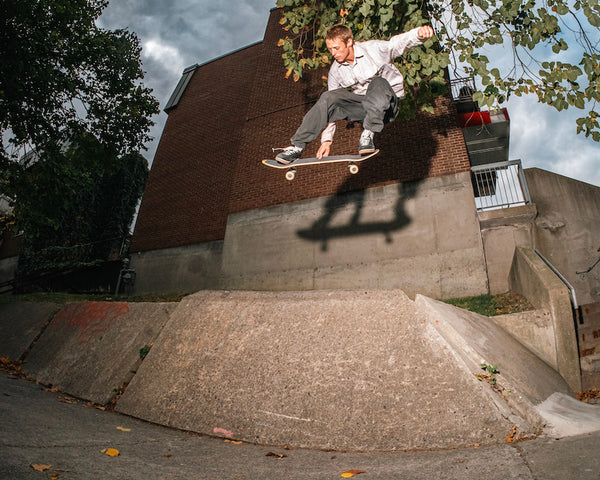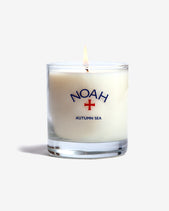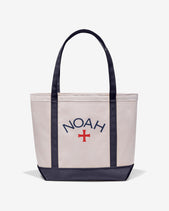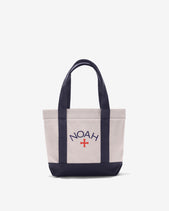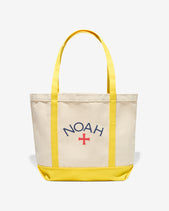Noah would be nothing without our community, who've supported and inspired us from day one. We're so lucky to have a creative and diverse network of individuals that we can call our family. Now that our flagship store at 195 Mulberry Street, is back open, we wanted to check in with one of our neighbors, artist Curtis Kulig, whose work is currently on display at the shop. We caught up with Curtis on a recent visit to his studio (which is on our block), and wound up strolling through the neighborhood in the crisp fall New York weather.

Good to see you, Curtis. 2020 has been a year like no other. How has it affected you, and how does it reflect on the work you're doing?
2020 really has been a year like no other. Creating in times of resistance isn’t only a much-needed escape, it also feels like a social responsibility, since we often look to art to start dialogue, and hopefully even inspire change. I think part of my job as an artist is to reflect the times, so, inevitably, this year’s political and social landscapes have led me into a deeply personal space that's very much outside my commercial work exploring this larger cultural conversation.

It seems like your work primarily focuses on drawing, painting, and sculpture. Do you balance the three equally, or do you tend to work more in one area than another at certain times? What informs these choices?
I mostly paint. I find this medium to be the easiest escape from all the noise, which I’ve been especially grateful for in these heightened times. I made lots of sculptures and ceramics at the beginning of the year, but then the kiln I was using became inaccessible. Drawings usually fall under blueprints for paintings. I like that drawing can be more private; my paintings always feel so out in the open from start to finish. I work in sculpture because it's so tangible and completely independent from the screen. I like that viewing this form only makes sense in person–having physical contact with art is so underrated in this day and age. We should all be giving less of ourselves to our screens.



What’s a typical day like for you? As an artist do you even have a typical day? What music are you listening to in the studio while you work?
Typical day: waking up, staying off my phone, remembering to breathe, watering plants, walking to get coffee, heading back to the studio, answering emails, and then getting back to work. I'm constantly listening to music in the studio. Recently, I've had a lot of Coltraine stuck on repeat, as well as this Senegalese singer/guitarist, Baaba Maal. Lots of Lou Reed. I've been listening to hindustani classical music as well. People who stop by don't seem to be feeling it so much though (laughs). I don't know, anything that feels good, really. Music has an unusual amount of potency. I'm going to make music in my next life.
Has the pandemic shaped or altered how you work as an artist?
Of course–how could it not? It's an intense time we're living in. I'd say this is the most profound period in American history, since the founding of the nation, no? And I think these heightened times force us to change so much of ourselves, our conversations, our perspectives, and inevitably our practices and work.
The city is always changing, and never really constant, but this year it's really changed. How has daily life changed for you in the neighborhood? Have you lost anything due to it? Gained anything? Why have you chosen to stay?
Sadly, I’ve lost even more trust in our government. But the beauty of New York, and the reason I’ll never leave it, is that the community is so rich in spirit. When all else around us seems to be failing, this community has each other’s backs. And that’s been what’s keeping me positive–feeling connected through protesting and marching, through donating to all the amazing relief efforts and funds being created in support.



Having a studio in downtown Manhattan must make for a revolving door of visitors. Has this changed in any way, or do you still have a bunch of people swinging by?
People are back to coming by, which is nice. It's important to have a community, and the atmosphere of being able to do this again lets us feed off each others' energy. There's such a broad range of people around, sometimes I listen to 85-year-olds conversing with 19-year-olds. Downtown has always had such a diverse assortment of humanity in this way, and I feel like that's how change can be created.
What would happen if you were to uproot to another studio outside the city? Is a move like that in the cards for you at all?
I recently found some land outside the city and plan to build there, and maybe get away a little more. A studio will be first, and everything else will follow. I just don’t want to turn into the artist that paints trees and shit.


It's clear that a type of artistic documentation is part of your process. You snap photos of everyone who rings your studio doorbell and appears on its video monitor, and you have a rooftop camera setup to capture the nearby street corner at various times. How would you characterize these activities, and how do they fit into your larger body of work?
The constant portrait of the screen when people are ringing the bell is kind of insane (laughs). But these isms usually prosper into a broader idea. For the past 5 years, I've been making a painting once a month for a series called "Accuracy," where I paint targets and puncture them depending on how my month is unfolding. My work is very repetitive; it grounds me, and it gains strength as time moves on, while simultaneously helping me keep track of time. It's very obsessive.



You're a longtime collaborator of the brand, and Estelle places your art in many of our locations. How did that relationship come about?
Estelle, Brendon, and I met in 2015, and they've become family. Brendon is one of the most radical people I know. Estelle has perfected making a space feel fresh, current, and meaningful, and she's such a mighty mother! I always look forward to seeing them, and smile when I think about their relationship–it's truly enlightening.


What does it mean to you to have your work on display in our shop at 195 Mulberry, on the same block where it was created?
It means it's still close to me, almost an extension of my studio, in a way.
What’s next for Curtis today?
I'm working on large abstract sculptures with Lance De Los Reyes that will be a collective outdoor social distancing exhibition. They feel strong, and it's nice to be working with Lance again.

